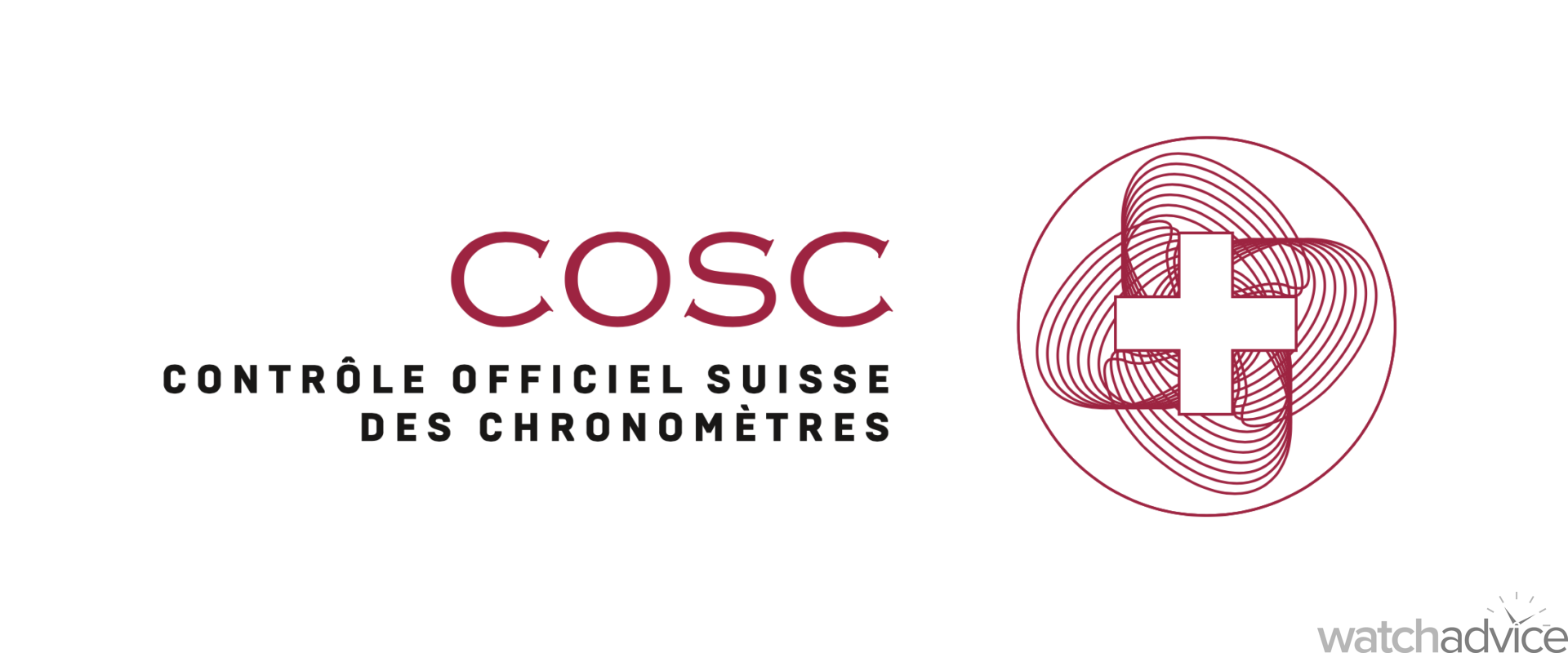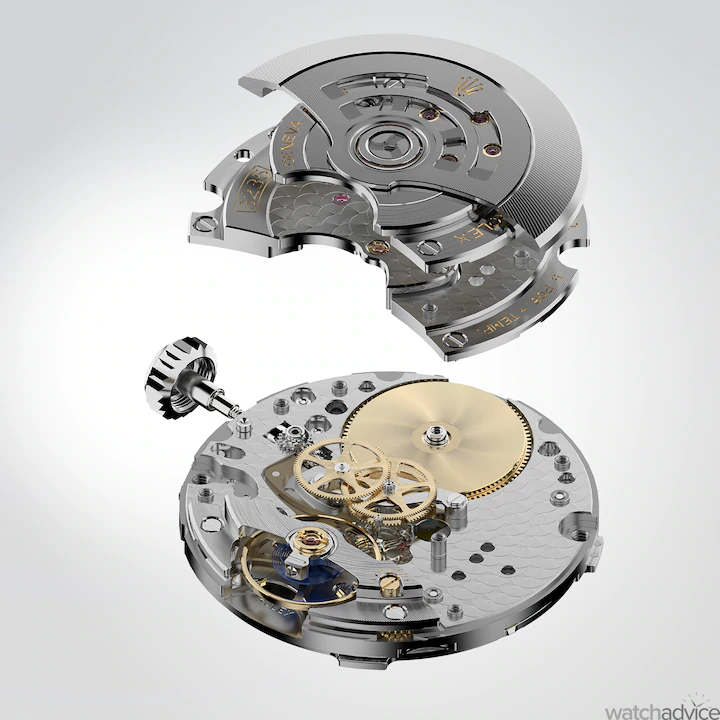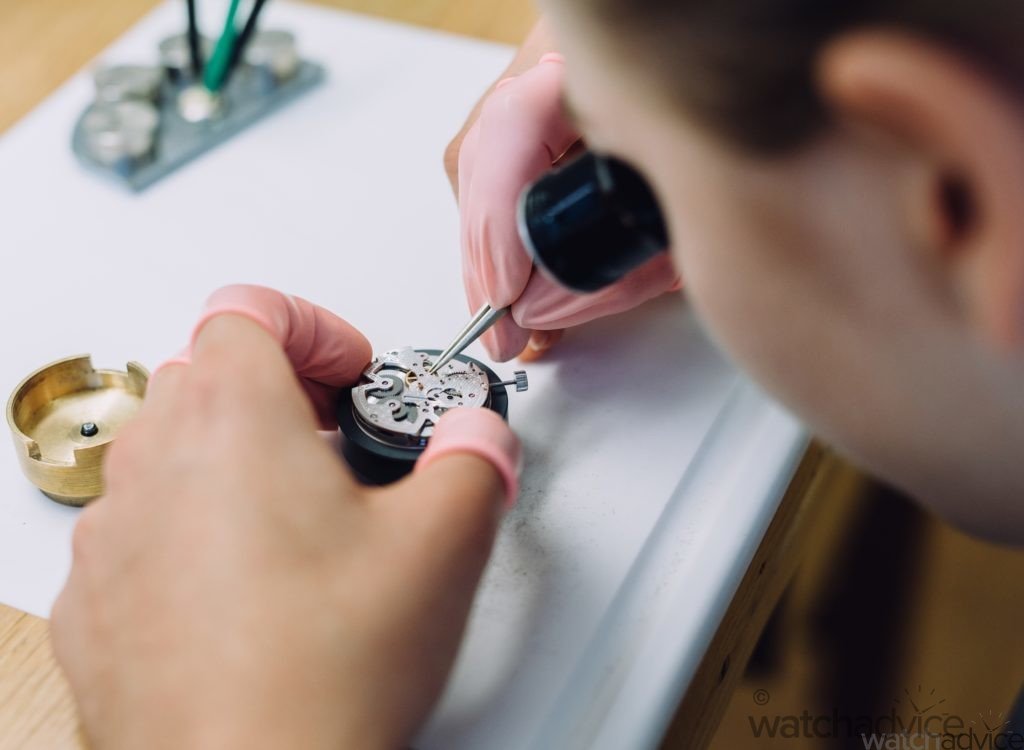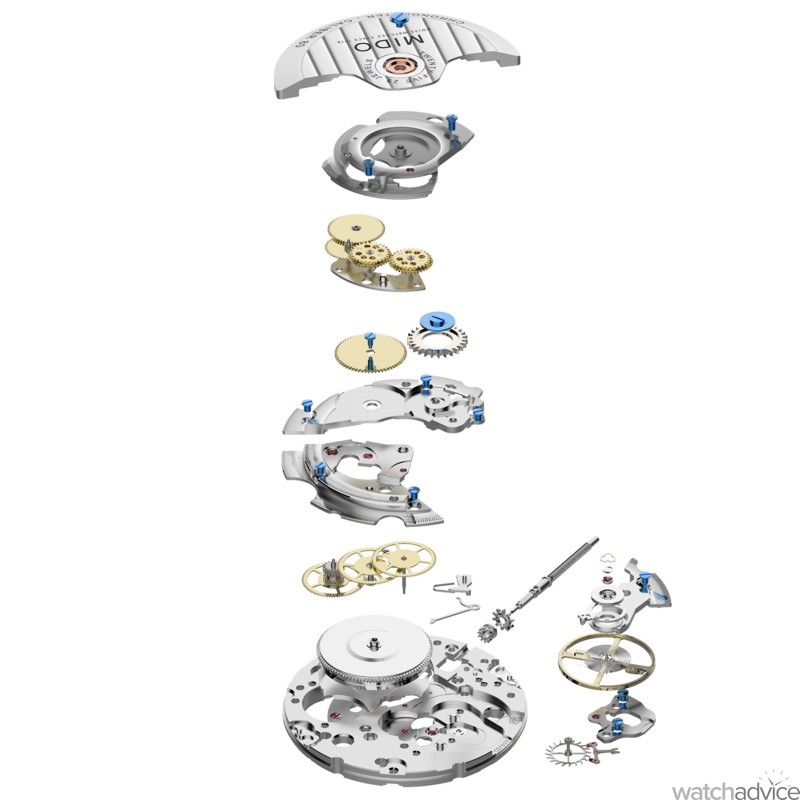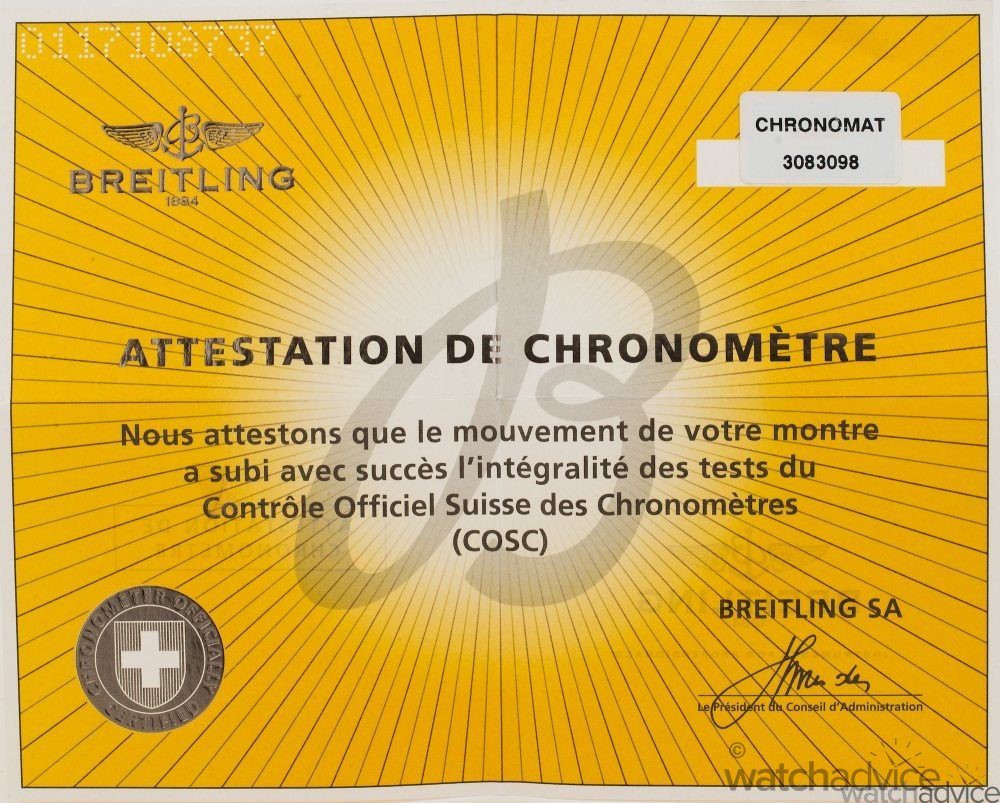If you have spent time looking into watches, enough time to find yourself having seen the word Chronometer, then you have probably wondered, just what is a certified chronometer anyway?
Well, over the next three weeks we will be taking a look at some of the different certifications used within the luxury watch space. We will be looking into what it takes for a watch to be rated as ‘Chronometer’ and what that means for the consumer. We will be diving into watches that have earned ‘Master Chronometer’ status and beyond that, the Geneva seal and other ultra high end accreditations given to various time pieces.
To kick things off, just what is a chronometer grade time piece? And who gives it such a certification?
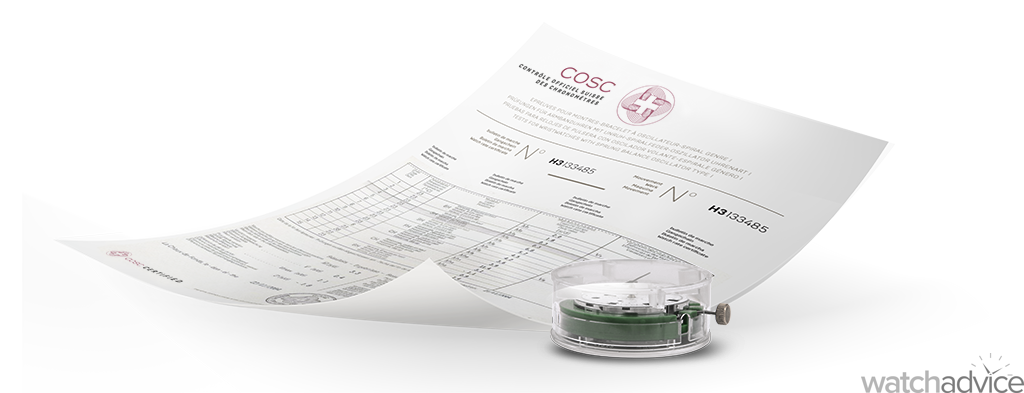
Strictly speaking, Chronometer is simply the label given to any precision time keeping piece of equipment that is set for a variety of conditions of use. However, when you see the words “Certified Chronometer” on the dial of a watch, it is almost always referring to a COSC certification.
COSC is an acronym used for the main chronometer certification body, the Contrôle Officiel Suisse des Chronomètres, COSC for short. The COSC is an institute whose purpose is testing and certifying watch movements to ensure they are within a set of standards, set by the COSC themselves.
At this point the COSC are responsible for the testing and accreditation of around 1.8 million watch movements each year, whilst not the only certification body in the world, they are certainly the largest and well known. The institute was founded in La Chaux-de-Fonds Switzerland in 1973, and has been continually certifying movements to their standards since that time.
In order for a watches movement to be certified as a chronometer by the COSC, each movement must go through 15 days of testing at the COSC laboratories to ensure the precision of the piece.
Over the 15 days, tests are performed on the movements in three different temperatures, 8°, 23° and 38°C. The movements are tested also in 5 different positions to simulate conditions of wear whilst on a wrist.
On the very first day, before testing has even commenced, the movements are placed into a 5 slot clasp and wound according to each manufacturers instructions. Then they are placed into a 23°C enclosure for 12 hours to ensure each components temperature is regulated.
From there, the 15 day test period is embarked upon to measure the COSC’s 7 chronometer criteria for accuracy.
- average daily rate
- mean variation in rates
- greatest variation in rates
- the difference between rates in horizontal and vertical positions
- largest variation in rates
- variation in rate depending on temperature
- rate resumption
The movement must keep time accurate to -4 seconds up to +6 seconds a day, essentially a variance of only 10 seconds per day is granted. What this means in practical terms is that at the worst possible standard of precision by the COSC, the sometimes hundreds of individual components which make up your watches movement, running in unison all day every day, each time you set the date at the end of the month, you would only be running 3 minutes fast.
Only after completing and passing all of the criteria can a watch be given the certification of COSC chronometer.
After the movement is certified it is sent back to the manufacturer and cased up ready for sale. Herein lies the biggest issue with COSC chronometers, it is a test of precision and accuracy for the movement, not the watch. As soon as the movement leaves the laboratory with its shiny new certificate, the certification is all but irrelevant as even the slightest adjustment to the movement during assembly into a full watch, can effect the timing of the piece.
The COSC offer no guarantee that the watch you have in your hands, stamped with “Certified Chronometer” is at that very moment, keeping chronometer grade time. Although the brands warranty may keep that promise for you should the time keeping slip outside the COSC standards.
What a COSC certification and the words “Certified Chronometer” should grant you however, is the piece of mind that the watch your holding was made by someone, who cared enough about it to get it certified.
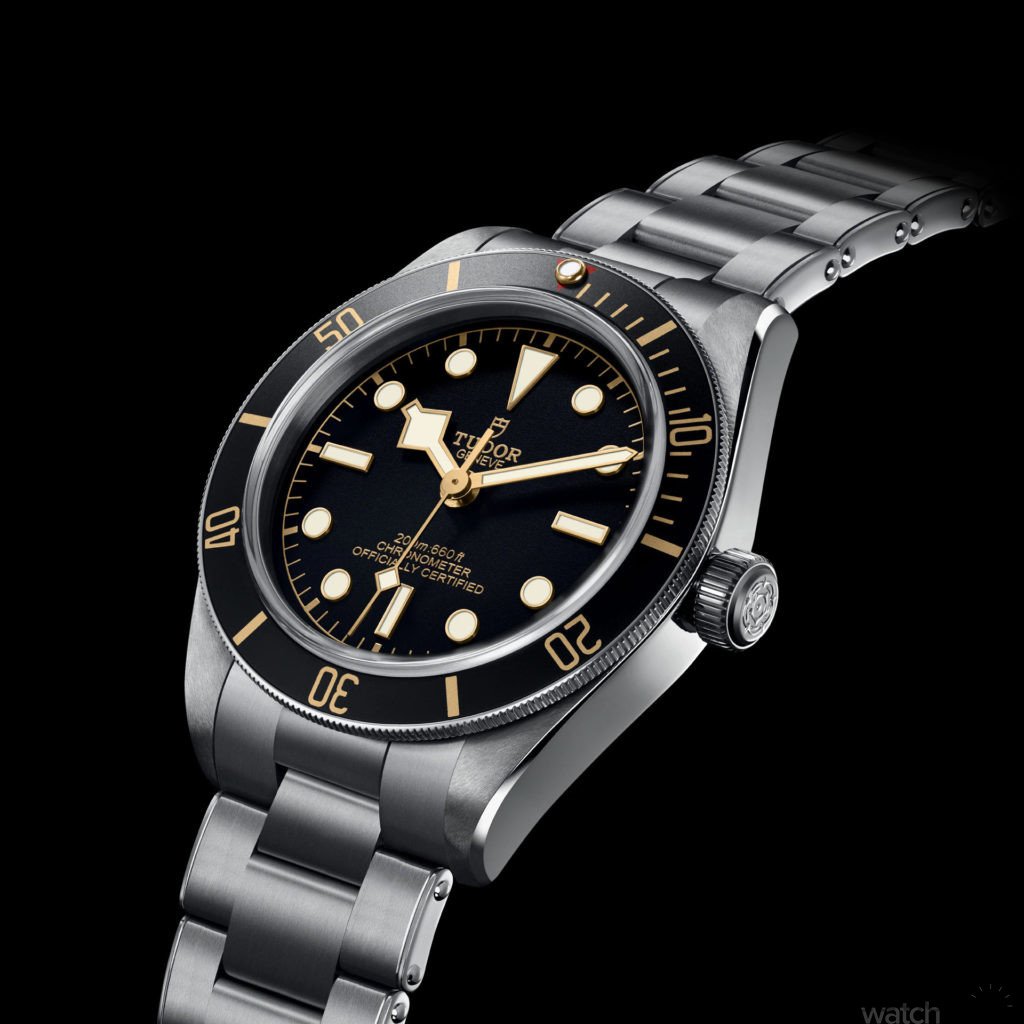
Brands like Rolex, Tudor, Brietling and Panerai are forking out the dollars in order to have the COSC certify their movements, so that the consumer can be reassured that they care enough about their watches, they had an independent body test them. Any manufacturer, no matter how big or how small, who is sending their movements off for testing and scrutiny, is showing you that they care about the quality of what they are delivering.
“Certified Chronometer” may not be a guarantee you are buying the greatest watch ever made, but it’s a great way to ensure that what you are buying has been tested and scrutinised and not been found wanting.


